Attracting Butterflies and Hummingbirds to Your Garden
Here at Bay Haven Inn of Cape Charles, we love doing our part for the bees, butterflies, and hummingbirds!
With the population of Monarchs down 90% since the 1990s, it’s been a joy for us to plant flowers to attract and watch these graceful and beneficial insects.
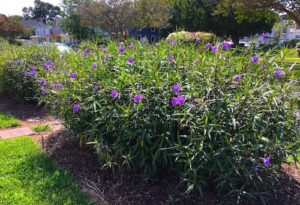
It is a great time to visit Cape Charles as they flit and flutter around, making plans to migrate.
The beauty of flowers, complimented by buzzing bees, beautiful butterflies, and the flutter of hummingbirds, is enough to make anyone happy.
But how can you attract more of these pollinators to your own flower garden? It’s actually pretty easy. Like everybody else in the world, bees, butterflies, and hummingbirds have their own favorite foods.
But before they can enjoy their meal, they must have a comfortable environment. That means ditching heavy pesticides like malathion, Sevin, and diazinon. These kill butterflies and bees.
-
Fred, our resident hummer. He returns every year. Photo courtesy of Robert Suppa.
Which Plants Do These Pollinators Like?
Grow native plants for the regions in which you live. And choose colors that productive and beautiful insects are attracted to.
- Butterflies love the bright colors of purple, pink, red, orange, and yellow.
- Bees love purple, blue and yellow flowers best. They also prefer flowers with shallow or flat blossoms, such as Queen Anne’s Lace, zinnias, and asters.
- Hummers are attracted to the color red and can see it as they whiz by you. They also see the beautiful shades of red as the official hummingbird runway!
- Long-tongued bees love the mint family, including Nepeta, oregano, salvia, lavender, and mint.
- Some preferred butterfly flowers are lupine, cudweed, parsley, and fennel.
- The only plant that Monarchs use for food is milkweed! Just make sure you plant the right milkweed for your region.
-
Busy bee. Photo courtesy of Robert Suppa.
While bees are constantly busy, butterflies like to take breaks. So why not create a butterfly spa? Just fill a shallow dish or pan with water. Then add some flat rocks. Place the pan in the sun—butterflies love the sun! You may find that bees, too, make their way to the spa to rest and drink. The more the merrier!
Nothing makes us happier than strolling through the inn gardens and seeing this “haven” we have created not only for guests but beautiful and beneficial pollinators too!
What’s in the Garden at Bay Haven Inn of Cape Carles?
One of the flowers we grow here at the inn is Mexican Petunia. It’s very hardy, and butterflies love it. So do our guests. We make sure they take some home with them as a parting gift to remember their stay and, of course, to help spread the pollinator garden love, known around here as #pollenlove.
Vermillionaire
Zinnias
Zinnias are hardy and early bloomers, attracting all the good bees to do their pollinating work! You will find these in the side “cut” garden, as we call it, since we cut a lot of the flowers grown here for in-room bouquets.
Mexican Sunflowers
 Mexican Petunias
Mexican Petunias
Header Image Photo Credit: © Zhaohua Yang via canva.com

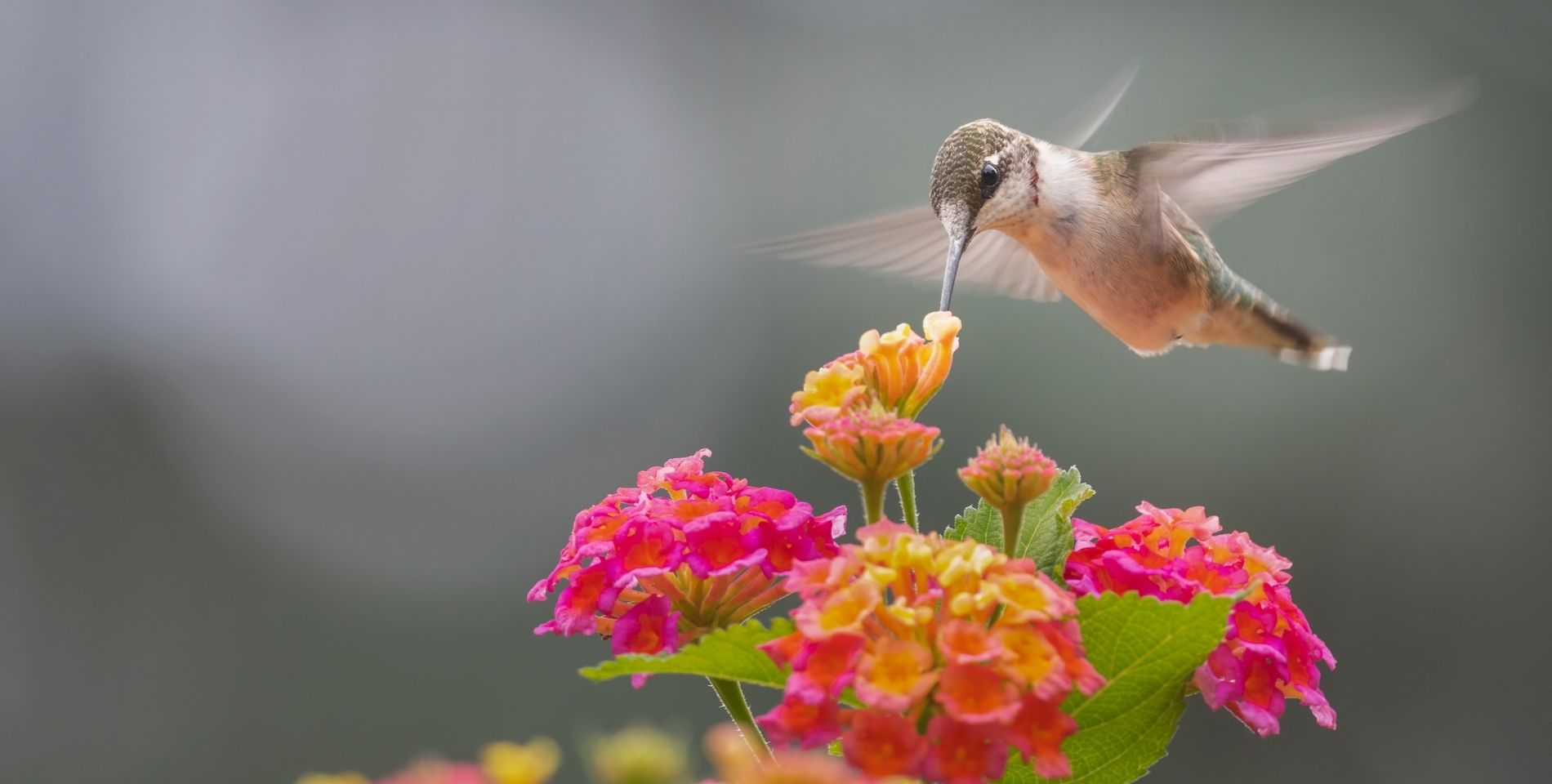
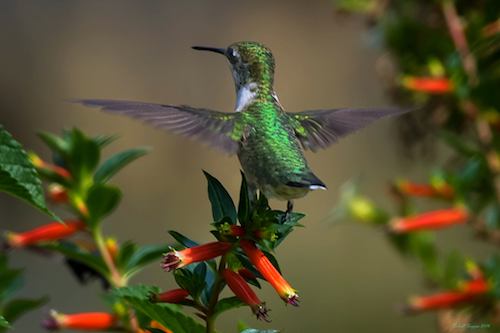

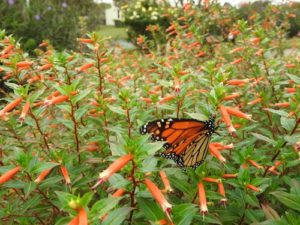
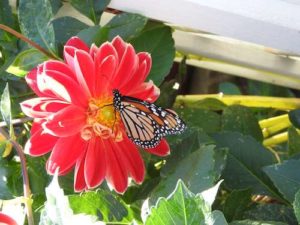
 Mexican Petunias
Mexican Petunias


